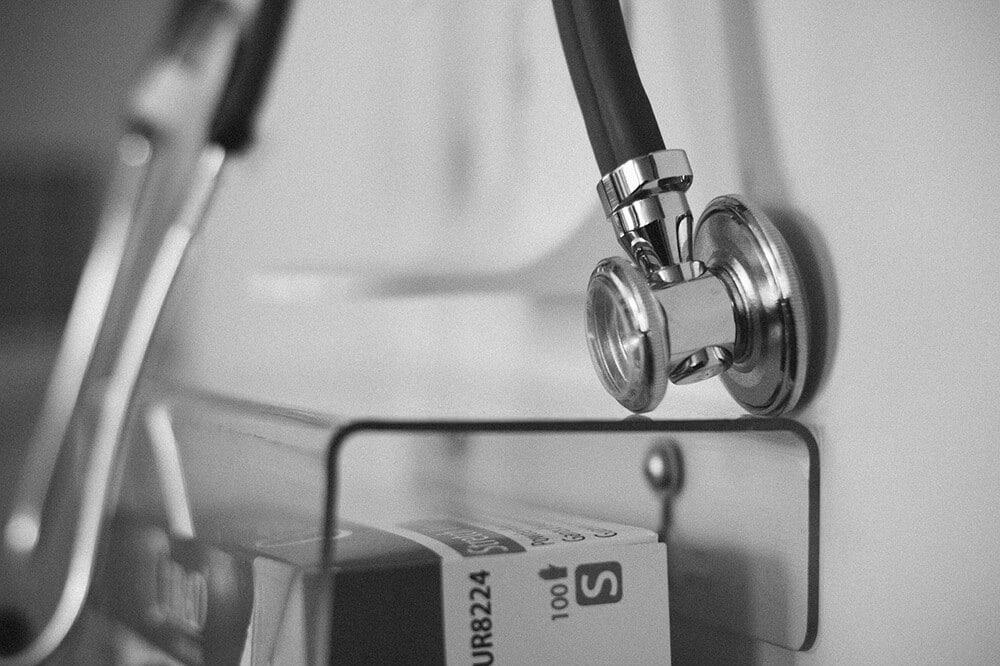Around the 50th anniversary of Neil Armstrong’s moonwalk and nearly seven years since his unexpected passing, information regarding the circumstances of his death and the legal actions that followed have surfaced. The New York Times received records from an anonymous source that detailed the complications that Armstrong faced and the legal settlement that was made after his death between the hospital and his family. This new information brings about questions regarding how harmful secrecy can be when medical malpractice is involved in a patient’s death.
Complications Surrounding Neil Armstrong’s Death
In August 2012, Neil Armstrong underwent bypass surgery at Fairfield Hospital in Cincinnati. This was after he arrived showing signs of heart failure. The physicians conducted tests and decided to immediately do the bypass. As part of the procedure, temporary wires were implants to help pace his heart during recovery.
Following the procedure, all seemed well. But he began bleeding into the membrane surrounding the heart after nurses removed wires from the temporary pacemaker. Doctors attempted to fix the problem by taking him to the catheterization lab. The test showed significant bleeding, so doctors drained blood from his heart and moved him to the operating room. Records are unclear as to what happened there, but Armstrong died approximately one week later from cardiovascular procedure complications.
Three medical experts reviewed Armstrong’s records in an attempt to make sense of what happened. One doctor reviewed on behalf of the family, and the other two on behalf of the hospital. Their reviews focused on the decision to take Armstrong to the catheterization lab, as opposed to directly to the operating room. According to Dr. Joseph Bavaria, a vice-chair of cardiothoracic surgery at the University of Pennsylvania, the decision to go to the cath lab was the major error that was committed. A cardiothoracic surgeon at Yale Medical Center, Dr. Richard Salzano, stated the decision to go to the cath lab was riskier than taking a patient to the O.R. but deemed the action “defensible.” The final doctor, Dr. J. Stanley Hillis, supported the way the case was handled.
Dr. Ashish Jha, a professor of medicine at Harvard University, reviewed the records for The New York Times. He primarily agreed with Dr. Bavaria, in that the medical staff should have taken Armstrong directly to the operating room.
After his passing, Armstrong’s two sons contended that improper post-surgical care resulted in their father’s death. The hospital defended the care but privately paid the family $6 million to settle the matter outside of court. The complaints and settlement were supposed to remain a secret.
Confidential Settlements and Medical Malpractice Cases
Almost two years after Armstrong’s death, in July 2014, a lawyer of the wife of Armstrong’s son Mark, emailed hospital lawyers, letting them know that Mark and his brother, Rick, would be traveling to Florida to speak at the 45th annual moon landing ceremony. It was noted that the event would be receiving national attention, and the men could be presented with the opportunity to speak with authors and filmmakers about information regarding their father’s last days. This encouraged the hospital to reach a quick settlement in order to avoid being publicly criticized for providing flawed care to a revered public figure.
The lawyer representing Armstrong’s grandchildren highlighted how severely the incident could damage the hospital representation. Bertha G. Helmick discussed how no institution would want to be “remotely associated with the death of one of America’s greatest heroes.”
A settlement, according to records from Hamilton County probate court, of nearly $5.2 million was split between Armstrong’s sons. His brother and sister received $250,000 and each of his six grandchildren were awarded $24,000. Armstrong’s widow, Carol, did not participate in the settlement. According to the agreement, if information of the wrongful death action and settlement are revealed, the entire sum would need to be paid back. All those involved signs confidentiality agreements.
The secrecy revolving around the wrongful death action and resulting settlement for Neil Armstrong’s death brings about questions regarding the harm it can bring to a medical negligence case. Confidentiality agreements, or non-disclosure agreements, often benefit the negligent party. In this situation, the family received a settlement, but the doctors that neglected to provide their patient with the proper standard of care were not held accountable for their actions.
The families of wrongful death or medical malpractice victims are guaranteed their pre-trial settlement amount if they agree to sign a confidentiality agreement, but no further legal action can be taken and corrective measures to prevent additional errors aren’t often looked into. In the case of Mr. Armstrong, the full story of the circumstances surrounding his death has the potential to prevent similar tragedies in the future.









